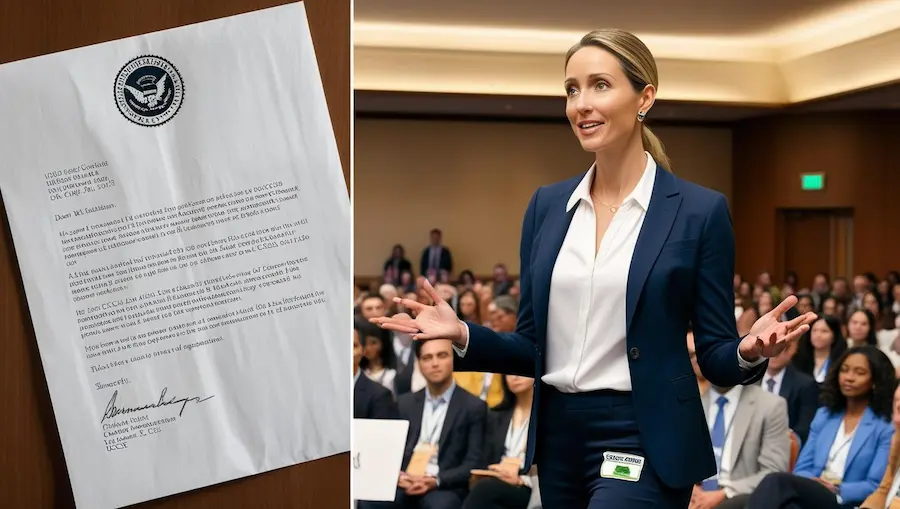The EB-1A “Extraordinary Ability” visa is a tough nut to crack, especially for scientists. You need to prove you’re at the top of your field, but what happens when USCIS questions the significance of your research? In October 2024, a plant pathologist found herself in this exact situation. Here’s how she fought back and what every scientist eyeing the EB-1A needs to know.
The Case: Plant Pathologist vs. USCIS
Our story centers on a talented plant pathologist with a doctorate and years of experience researching strategies to control plant diseases. She applied for the EB-1A, but the Texas Service Center denied her petition. They agreed she met two criteria (judging and authorship of scholarly articles), but weren’t convinced she’d made “original contributions of major significance.”
The Key Issue: Proving Significance
The core of the case revolved around proving that her research had a major impact on the field. She pointed to:
- Citations: Her articles were cited by other researchers.
- “Very Important Paper” Tag: One of her articles was labeled as such in a journal.
- Reference Letters: Experts in the field attested to the value of her work.
But USCIS wasn’t buying it. They said the citations weren’t enough, the “Very Important Paper” tag was just a tag, and the reference letters lacked detail.
The Appeal: A Second Look
The plant pathologist appealed, arguing that USCIS hadn’t properly considered the evidence as a whole. The Administrative Appeals Office (AAO) agreed, finding that USCIS hadn’t adequately explained why the evidence was insufficient. Here is a PDF copy of this appeal decision by USCIS.
The AAO sent the case back for a new decision, ordering USCIS to:
- Evaluate the citation data: Determine if the rate of citations was indicative of major significance.
- Explain the shortcomings of the reference letters: Provide specific examples of what was missing.
- Consider the evidence as a whole: Don’t just look at each piece in isolation.

Lessons for Scientists Seeking the EB-1A
- Citations Matter, But Context is Key:
A high citation count is good, but you need to show why those citations are significant. Are other researchers building on your work? Are they using your findings to solve real-world problems? - Reference Letters Need Substance:
Don’t just ask for generic letters. Ask your references to explain specifically how your work has impacted the field, what problems it has solved, and why it’s important. - Focus on Impact, Not Just Originality:
Being the first to discover something is great, but you need to show that your discovery has had a major impact on the field. - Know Your Field:
If you’re comparing your citation rate to other fields, make sure you’re using the right categories.
Ready to Build Your EB-1A Case?
Proving “original contributions of major significance” can be tricky. Our expert letter writers know how to craft compelling reference letters and petition letters that showcase your achievements and maximize your chances of approval. Contact us today for a free consultation and let us help you build a winning EB-1A case!

